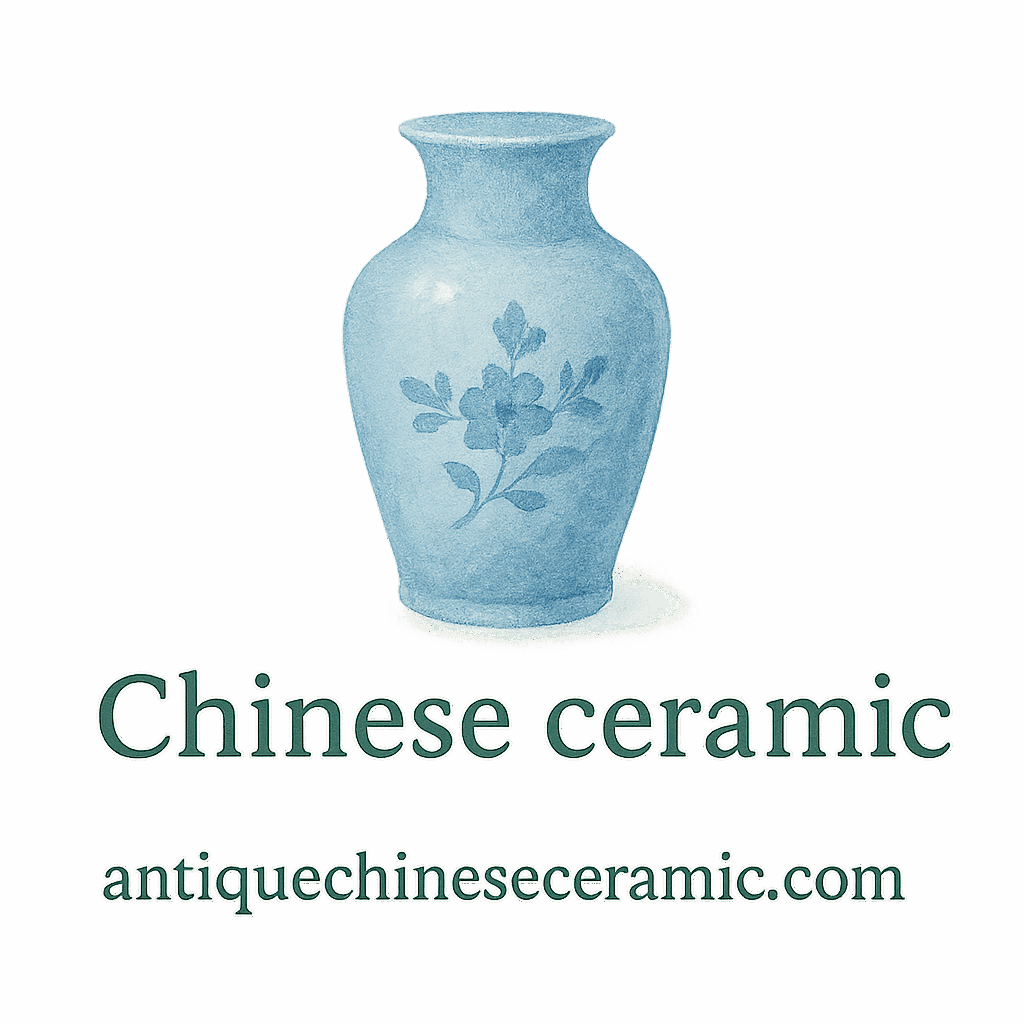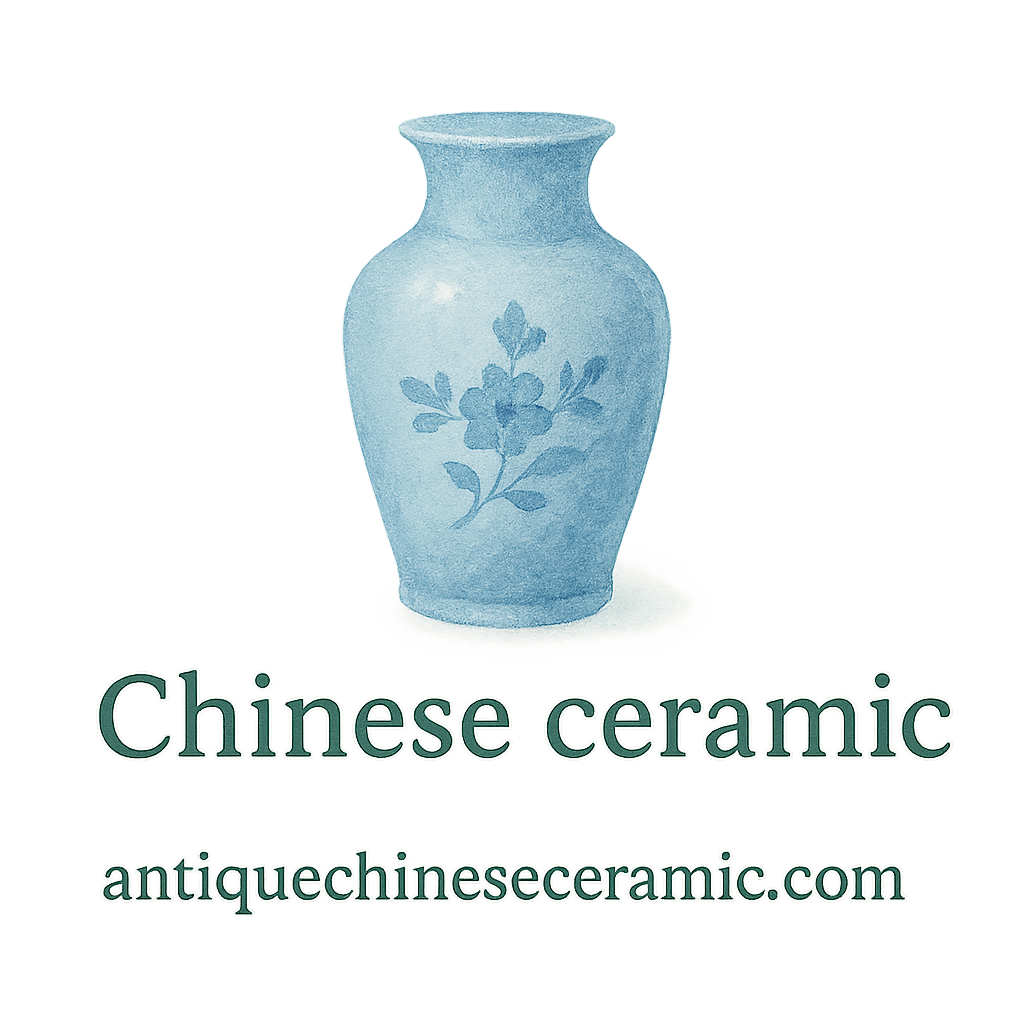Selling antique Chinese ceramics can feel a bit like letting go of a piece of history. And when you’re hoping to get top dollar, there’s a lot more to it than just putting up a listing and hoping for the best. So, how do you ensure you’re making the most of your sale? Let’s dive into nine tried-and-true auction tips that can help you maximize your antique Chinese ceramic sales.
Understanding the Antique Chinese Ceramics Market
The Growing Demand for Chinese Ceramics
Collectors and investors worldwide are continuously drawn to the charm, craftsmanship, and cultural significance of antique Chinese ceramics. From Tang dynasty figurines to Ming dynasty vases, these pieces often fetch jaw-dropping prices at auctions.
Check out the fascinating history of Chinese ceramics to better understand what makes them so special—and so valuable.
Why Auctions Are the Perfect Platform
Auctions, especially those focused on antiques, bring together serious buyers who know their porcelain. The competitive atmosphere can drive up prices fast—if you know how to play your cards right.
Tip #1: Know the True Value of Your Ceramics
Professional Appraisal Is Key
Before you list your item, get it professionally appraised. It helps you set realistic expectations and ensures you don’t sell a rare gem for pennies.
Visit our valuation guide to learn how experts determine the worth of ceramic pieces.
Also, explore tags like appraisal and valuation to dive deeper.
Research Similar Auction Results
Don’t go in blind. Platforms like Sotheby’s and Christie’s often publish past sales. Compare your item’s shape, markings, glaze, and age to similar listings.
Tip #2: Understand the Importance of Provenance
What Is Provenance and Why Does It Matter?
In the world of antiques, provenance is the documented history of the item. Buyers will pay more if they know the ceramic has a notable origin or an unbroken chain of ownership.
How to Document Provenance Properly
Gather old receipts, certificates, letters, or expert assessments. If your ceramic was part of a famous collection or housed in historical places, that’s auction gold.
Explore more about ceramic identification and history on our identification and history pages.
Tip #3: Choose the Right Auction House
Specialty Auctions vs. General Auctions
Go where the collectors are. Auctions that specialize in Asian art or Chinese antiques usually attract higher-end bidders than general antique sales.
Sites like antiquechineseceramic.com/collecting highlight collecting trends that can help you select the right audience.
Evaluating Past Ceramic Auction Results
Study auction catalogs and reach out to houses with a strong track record in Chinese ceramics. Don’t be afraid to ask for references or sale stats.

Tip #4: Craft an Irresistible Auction Listing
Writing the Perfect Description
Be clear, specific, and engaging. Mention the dynasty, dimensions, condition, decorations, and any maker’s marks. Use keywords like antique Chinese ceramic to boost SEO.
Link to educational resources like tagged: detail and tagged: dynasties for deeper context.
Using High-Quality Photos
Photos sell. Use natural lighting, multiple angles, and close-ups of any markings or unique features. A video walkthrough doesn’t hurt either.
Tip #5: Time Your Auction Strategically
Best Months and Days for Antique Auctions
Certain months like April, September, and November are known to be high-performing for antique auctions. Tuesdays and Thursdays tend to have more engagement online.
International Buyers and Time Zones
Since many collectors are international, schedule your auction to end when global buyers are awake—especially those in China, the US, and Europe.
Tip #6: Highlight the Ceramic’s Historical Context
Link to Dynasties and Periods
Connecting your item to a specific dynasty or historical event gives it depth and authority. Whether it’s the Song, Ming, or Qing dynasty, include that in your listing.
Learn more on our timeline and heritage pages.
Add Historical Relevance in Descriptions
Use analogies—like calling a Ming vase the “Ferrari of its time”—to make history relatable and exciting for modern buyers.
Tip #7: Offer Preservation and Cleaning Details
Showcase Your Ceramic’s Condition
Mention whether the piece has chips, cracks, or restoration work. Transparency builds trust and avoids post-sale disputes.
Mention Professional Care Methods
If the item has been preserved using professional methods, include that. Refer to care and preservation and cleaning tips for guidance.
Also explore topics like storage, surface, and safety for optimal care advice.
Tip #8: Engage Bidders with Stories
Create a Narrative Around the Piece
People love stories. Maybe the ceramic once belonged to a diplomat or survived a war. These narratives make items memorable.
Emotional Appeal in Auction Settings
Use phrases like “imagine this piece gracing your study” or “own a piece of ancient China” to spark emotional connections.
Visit our tagged: houses and tagged: containers sections for inspiration.
Tip #9: Follow Up After the Sale
Post-Sale Communication
Thank your buyer. Provide extra details on handling and care. Offer follow-up tips to enhance their ownership experience.
Leveraging Feedback for Future Sales
Ask for reviews or testimonials, especially if you plan to sell more items. Reputation is currency in the antique world.
Explore our methods and collecting tips for future listings.
Conclusion
Selling antique Chinese ceramics at auction isn’t just about luck—it’s about preparation, knowledge, and presentation. By applying these nine auction tips, you’ll not only attract serious bidders but also elevate the perceived value of your items. So take the time to research, present, and promote your ceramics properly—and watch your final bids soar.
FAQs
1. What is the best way to clean antique Chinese ceramics before auctioning them?
Always use gentle, non-abrasive methods. For professional advice, refer to our care-preservation section.
2. Do I need to insure my ceramic pieces before the auction?
Yes. It’s highly recommended to insure valuable antiques, especially before shipping or displaying them at a live auction.
3. How do I verify the authenticity of my ceramic?
Through expert appraisal and sometimes scientific testing. Our identification guide can help.
4. Are online auctions as effective as physical ones?
They can be, especially if the platform is reputable and attracts international collectors.
5. How do I attract more bidders to my auction listing?
Use strong keywords like “antique Chinese ceramic,” compelling descriptions, excellent images, and share your listing in collector forums and social media.
6. Can I sell restored or repaired ceramics?
Yes, but be transparent about it. Highlight the restoration in your listing and explain the methods used.
7. Where can I learn more about collecting antique ceramics?
Check out our full collecting guide and explore tagged articles like antique, ceramic, and chinese for insights.


